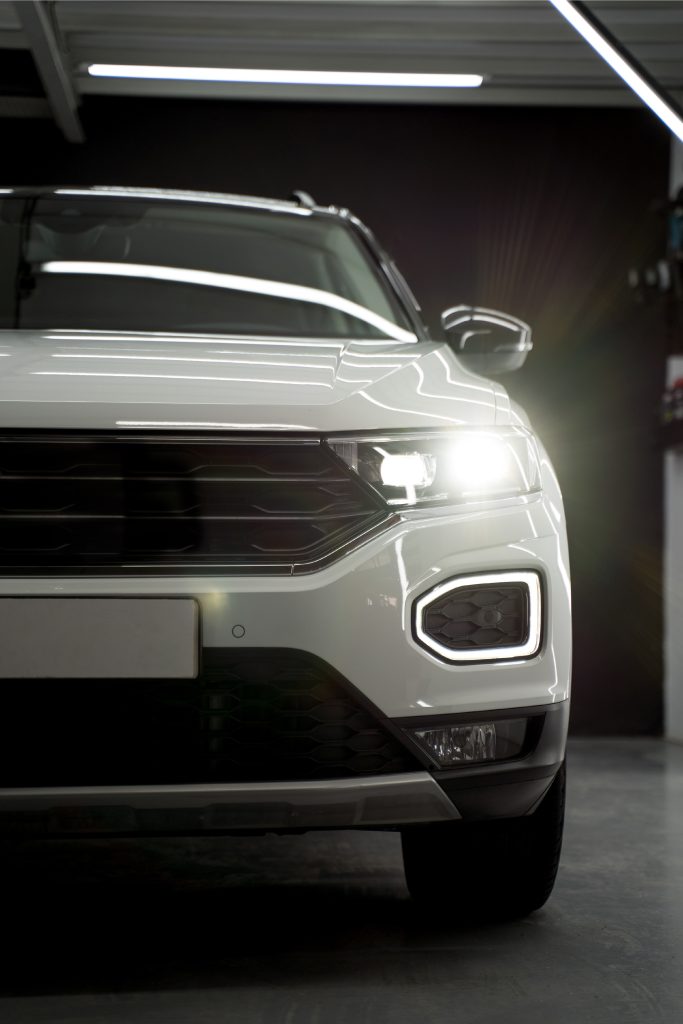RECENTLY ASKED QUESTIONS
Below you’ll find answers to some of the most frequently asked questions. We are constantly adding most frequently asked question to this page.

Why choose On The Spot Bumpers Plus?
- Quality
- Savings up to 70% less than a body shop
- Fast, friendly reliable service with a lifetime guarantee!
- ON THE SPOT BUMPERS offers a limited lifetime warranty on the repairs
performed by us on your vehicle. Warranty covers materials and labor.-
- 1st year- 100%
-
- 2nd year- 75%
-
- 3rd year- 50%
-
- 4th year- 30%
-
- 5th year- 20%
-
- 6th year- 10% (as long as you own your car)�
-
- * Warranty limited to materials if your vehicle was previously worked
-
- on by another body shop on the panel we repair.
*Customer must provide original date of repair.
-
What are the advantages of Mobile repair over going to the body shop?
- Convenience-you don’t have to drop off your vehicle to the body shop and pick it up, we come to you. No longer is it necessary to lose your car for days and have to get a rental car and wait for your bumper or car to be fixed. Using our time tested techniques we are able to make your bumper or car look like new again usually in a matter of hours, not days.
- Savings- With high overhead costs, body shops can be up to 70% more expensive than mobile dent repair.
Are you able to match my factory color?
- With the latest in automotive paint repair technology, any color can be mixed to factory specifications using your vehicles color code info that provides a factory formula strictly for your vehicle.
Traditional body shop repair methods versus (PDR) or "paintless dent removal" ?
- Traditional methods of repair are unlimited in the ability to repair any dents, scrapes, rips, fading paint or plastic bumper damage.
Paintless dent repair (PDR), also known as “paintless dent removal”, utilizes metal rods and body picks to push the dents out from the inner side of the body panel being repaired. A wide range of damage can be repaired using PDR; however, usually if there is deep creases or no access, behind panel or the paint is damaged, (PDR) may be unsuitable.
When to choose (PDR) over Traditional body shop methods?
- The advantage of traditional body shop methods of repair are unlimited in the ability to repair any dents, scrapes, fading paint, or plastic bumper damage where PDR is limited.
(PDR) is limited in the fact that it can only be performed in specific circumstances when damaged paint is not involved or tools are unable to access the damaged panel.
The advantage of PDR would be in specific circumstance when multiple dings without paint damage are spread through out your vehicle (without damaged paint) eliminating having to refinish multiple panels which would could make it more cost effective and preserve your paints original finish.
When is it better to replace a body part than repair it?
- It is better to replace a body part when the damage exceeds the labor cost to repair or when quality would be compromised. This is determined on a case by case basis.
Should I use my insurance or not?
- There are times when utililizing your insurance could be more cost effective in cases when the damage greatly exceeds your deductible. Although in many cases, your insurance can cost more with a claim. Measuring the difference between a higher premium and cost out of pocket should be analyzed to determine the best route to go.
In many cases the cost of a repair is under deductible costs and it makes sense to not go through insurance.
What about my lease turn in?
- When turning in a lease it is common for the lease company to assess any damage at turn in that is not normal wear and tear and could bill you for the repairs. By repairing the vehicle prior to turn in you have the advantage of controlling the cost of the repair as opposed to the lease company dictating the cost. Most repairs completed prior to lease turn in are less than lease company rates which fall in line with body shop pricing.
What is 2 stage paint?
- There are basically two main types of paint: Single stage and 2-stage. Single stage paints have the glossy clear actually mixed into the paint and can be applied with “color and gloss”, if you will, in one stage. Single stage paints include “Acrylic Enamel (most common), Acrylic Lacquer, and Synthetic Enamel”. These types of paint were most commonly used in automotive purposes up until the early ’80’s until the release of two stage paints.
Two stage paints are commonly referred to as “base-coat / clear coat”. Naturally, your first-stage is to spray a flat color coat, then spray a Urethane clear gloss on as the second stage for better gloss and UV protection.
3-stage paint would include a pearl mid-coat applied between the basecoat and the clear coat.
Two-stage paints give you more control on how “glossy” your finish is and are a bit more durable than standard single stage.
Do you offer free estimates?
- Yes, and many estimates can be done over the phone or email. See our contact us page.
Which makes and models do you work on?
- All makes and models.
What kind of warranty do you offer?
- Lifetime guarantee!
Which areas do you cover?
- Riverside county, North San Diego county, and more. Look for your area below.
DO YOU HAVE MORE QUESTIONS?
We are always here to help with any of your concerns. Please send us your questions.
